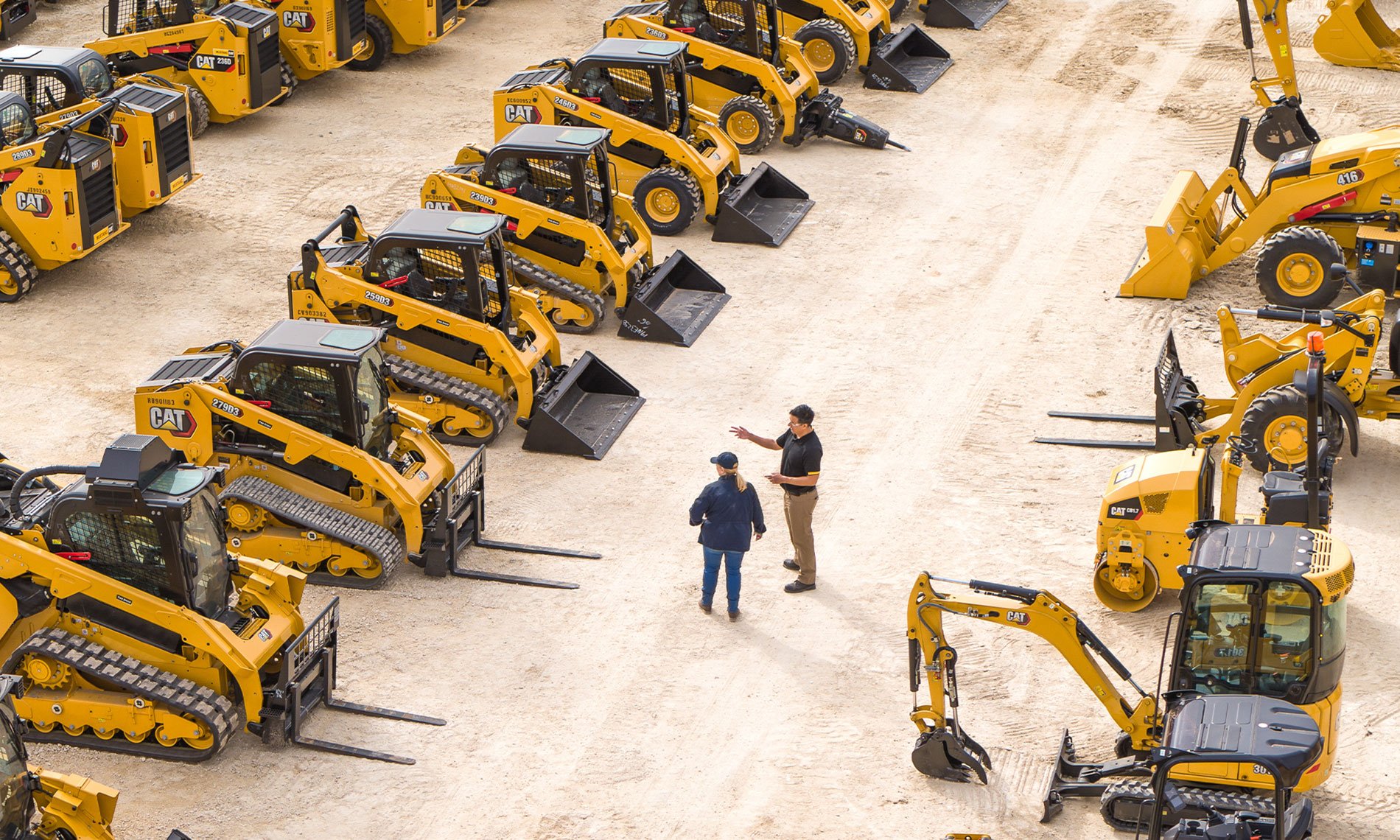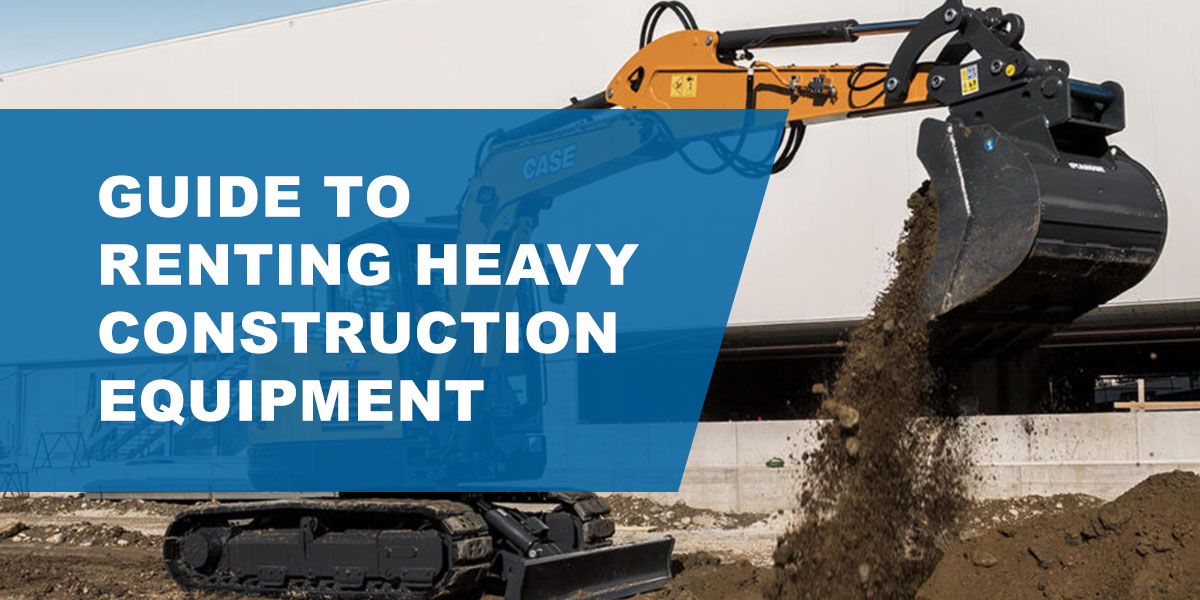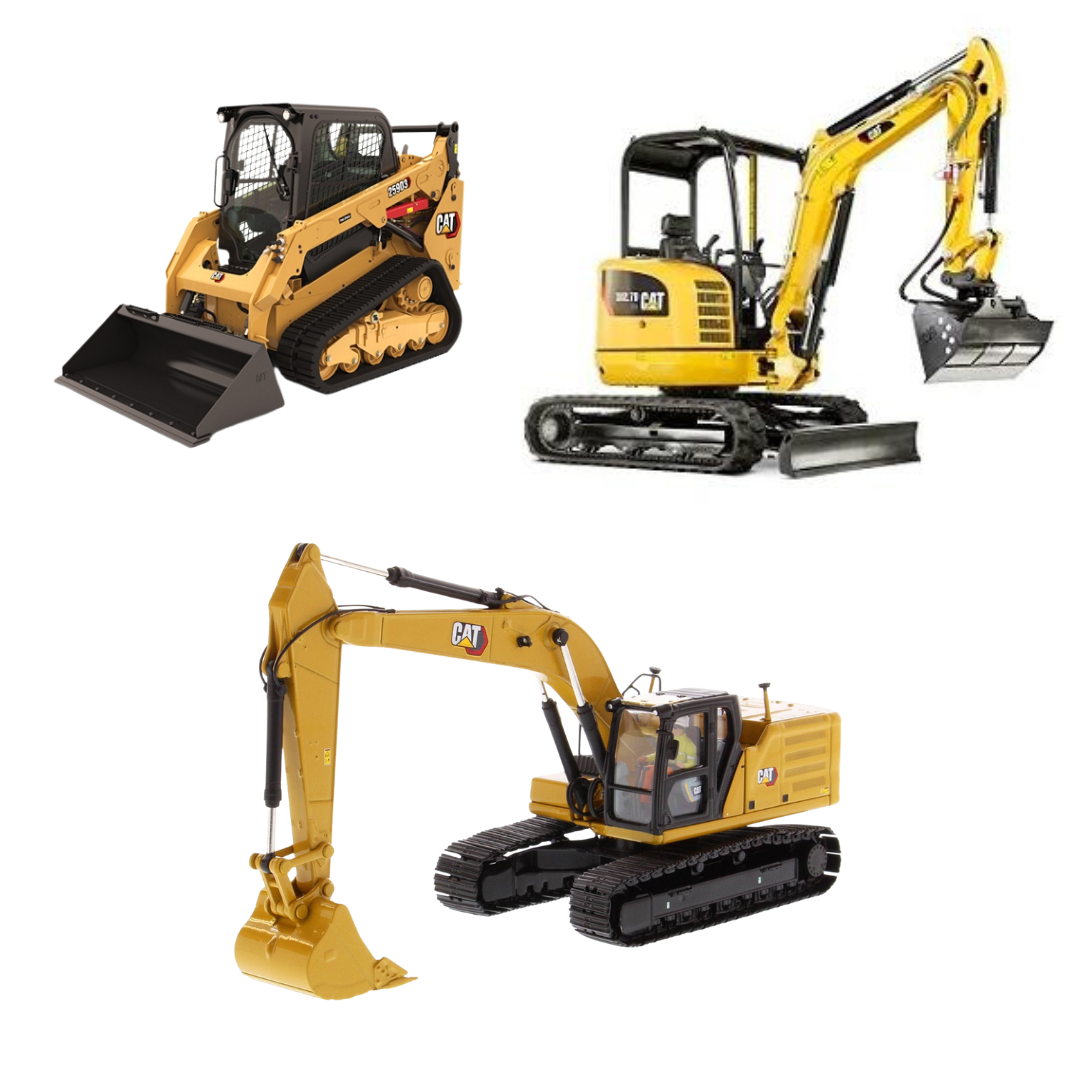Mini Excavator Rental: Compact Machines for Limited Spaces
Mini Excavator Rental: Compact Machines for Limited Spaces
Blog Article
Optimize Your Spending Plan by Recognizing the Expenses Connected With Building Devices Services
Understanding the full extent of costs connected with building and construction equipment rentals is vital for optimizing your budget plan. What approaches can be employed to efficiently handle these prices and make certain a more efficient rental experience?
Overview of Rental Expenses
When considering building tools rentals, recognizing the connected prices is vital for effective budgeting and job preparation. Rental expenses can differ considerably based upon several elements, consisting of equipment kind, duration of service, and location. The first rental fee usually reflects the devices's market need and its connected functional capabilities, influencing the total expense.
In enhancement to the base rental price, ancillary expenses might occur, such as transport costs, fuel surcharges, and upkeep costs. It is vital to make up these added expenses to precisely examine the complete cost of renting devices. In addition, the rental period can impact prices; longer services might qualify for reduced rates, while temporary services could sustain higher daily fees.

Breakdown of Rental Rates
A thorough understanding of rental rates is important for specialists and task managers intending to optimize their spending plans. Rental prices for building and construction tools normally contain a number of components, consisting of base rates, time-based charges, and usage fees.
Base rates are the core fees connected with the service of the devices, often identified by the type and dimension of the machinery. These rates can differ substantially, affected by variables such as devices need, schedule, and local market trends. Time-based costs, which might be daily, weekly, or monthly, offer to fit different task timelines and rental periods.
Furthermore, rental prices may consist of usage fees, which are applicable when tools is utilized past a specified limit, ensuring that the rental company can make up damage. Seasonal demand changes can likewise influence rental rates, with peak building periods commonly commanding higher rates.
Furthermore, recognizing the rental business's plans regarding upkeep and insurance policy can offer more insight into the total cost framework. By assessing these elements, service providers can make educated choices, ensuring the selection of rental devices straightens with both project demands and spending plan constraints.
Added Costs to Consider
Understanding the complexities of extra charges is vital for service providers to handle their total service expenses efficiently. Beyond the basic rental rates, various extra costs can dramatically influence the complete price of equipment rental. These fees often consist of distribution and pick-up fees, which can vary based on distance and logistics associated with transferring the equipment to and from the work website.
Additionally, some rental business may enforce gas surcharges if the equipment is returned with much less gas than when leased. It is also necessary to recognize possible cleansing fees, particularly for customized devices that requires thorough upkeep after use.

Thoroughly assessing the rental contract and clarifying these added fees ahead of time can assist contractors ensure and prevent unexpected expenses that budgets stay intact throughout the job lifecycle.
Repair And Maintenance Expenses
Routine upkeep and repair service costs are frequently forgotten elements that can dramatically influence the general price of building tools rentals. When leasing tools, it is essential to take into consideration not only the rental charges yet also the prospective expenses related to keeping the machinery in optimum operating problem.
Numerous rental business consist of standard maintenance as part of the rental contract; however, a lot more considerable repairs or unforeseen malfunctions can bring about added expenditures. It's important to examine the rental agreement very carefully to recognize what upkeep solutions are covered and what duties drop on the occupant.
In addition, equipment that is not well-maintained can lead to inefficiencies on duty site, potentially triggering delays and enhancing job costs. To mitigate these risks, it is original site suggested to perform normal inspections and maintain open interaction with the rental provider regarding any kind of concerns that develop throughout use.
Insurance and Liability Prices
Insurance policy and obligation costs are crucial components that can dramatically influence the general expense of construction link tools leasings (aerial lift rental). These prices guarantee that both the rental company and the customer are safeguarded from possible monetary losses arising from crashes, damage, or burglary during the rental duration

Additionally, clients need to be aware of any kind of deductibles or exclusions in the insurance coverage, as these can affect prospective out-of-pocket expenditures. Understanding the terms of any insurance protection is vital to prevent unanticipated costs. Eventually, budgeting for insurance policy and liability expenses can assist ensure a smoother rental experience and safeguard versus economic threats related to building tasks.
Final Thought
In conclusion, a thorough understanding of the prices connected with building equipment services is necessary for efficient budget monitoring. Inevitably, notified decision-making regarding tools leasings contributes to the total success of building endeavors.
Rental prices can vary considerably based on numerous aspects, including tools type, period of leasing, and location (scissor lift rental). The rental duration can impact rates; longer leasings might qualify for affordable rates, while temporary leasings could incur greater daily costs
By conducting detailed research study and involving with respectable rental companies, specialists can effectively browse the intricacies of rental pricing, inevitably maximizing their monetary sources.
Beyond the common rental rates, different supplementary fees can significantly influence the total expense backhoes for sale under $10 000 of tools leasing. Rental business often give obligation insurance coverage that covers injuries to third events or damage to residential property, while devices damages insurance can cover the cost of repair services or substitute if the rented out equipment is damaged.
Report this page